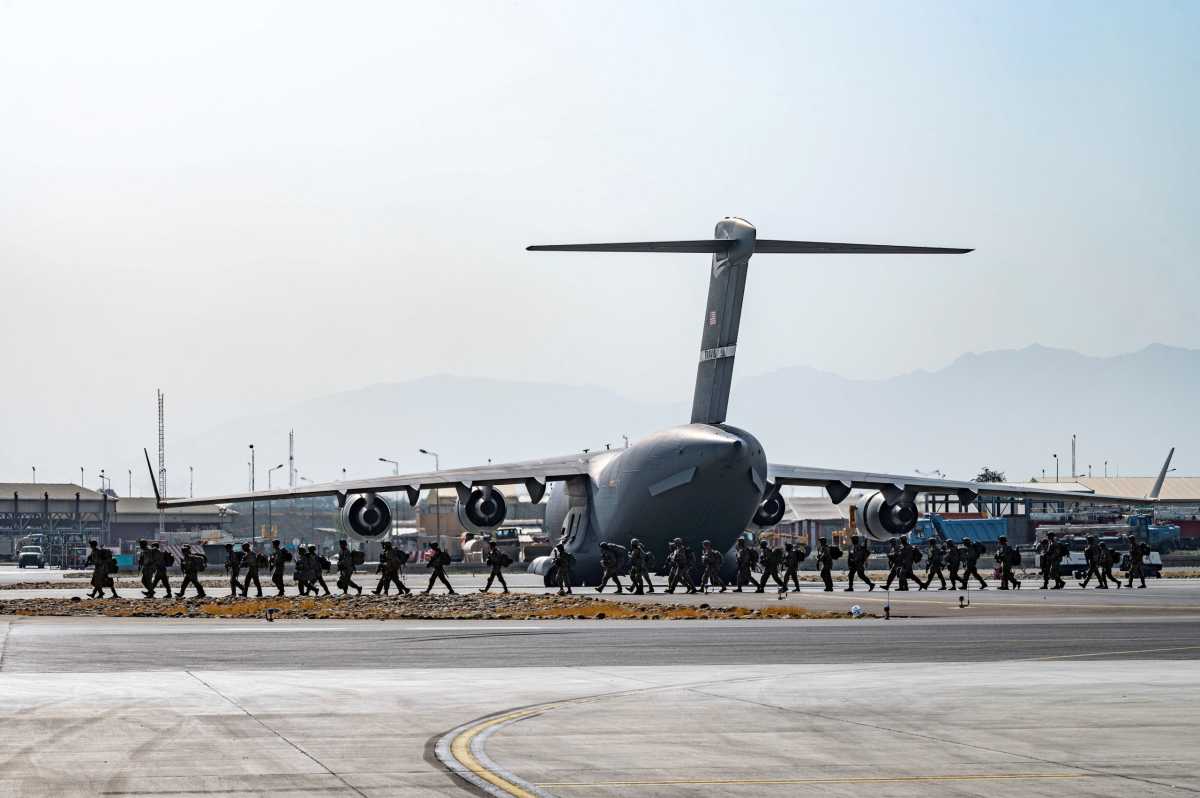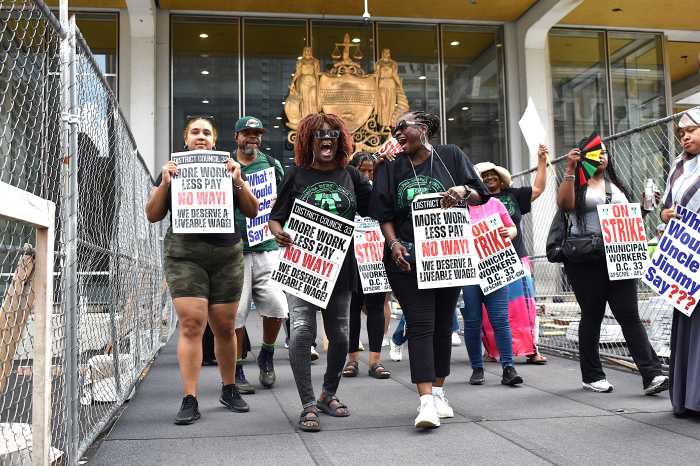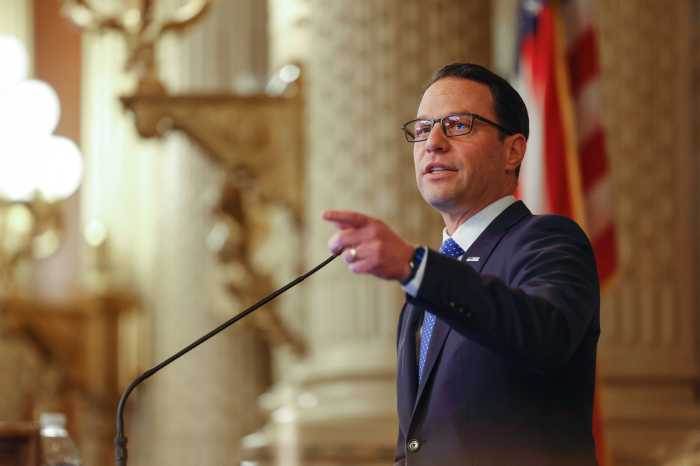By Idrees Ali and Susan Heavey
The United States on Sunday ordered six commercial airlines to help transport people after their evacuation from Afghanistan as Washington sought to step up the pace of departures of Americans and at-risk Afghans from Kabul.
The Pentagon said it called up 18 civilian aircraft from United Airlines, American Airlines, Delta Air and others to carry people from temporary locations after they landed from Afghanistan, leaning on the industry it last called upon during the Iraq War in 2003.
The move highlights the difficulty Washington is having in carrying out the evacuations following the Taliban’s swift takeover, marking only the third time the U.S. military has employed civilian aircraft.
Thousands of people remained outside the Kabul international airport on Sunday hoping to be evacuated as Taliban gunman beat back crowds.
“We need more planes in the mix,” U.S. Secretary of State Antony Blinken said on CBS News’ “Face the Nation.”
The aircraft will not fly into Kabul in what Pentagon spokesman John Kirby described as stage 1 of the program, suggesting more commercial aircraft could be activated later.
American Airlines, Atlas Air, Delta Air Lines and privately-held Omni Air would provide three aircraft each, two from Hawaiian Airlines, and four from United Airlines.
American and Delta said they would start relief flights on Monday and, along with other carriers, welcomed the call to aid the U.S. military amid the humanitarian crisis.
“American … is proud to fulfill its duty to help the U.S. military scale this humanitarian and diplomatic rescue mission. The images from Afghanistan are heartbreaking,” it said in a statement.
The Pentagon said it did not expect the operation to have “a major impact” on commercial flights.
Delta separately said its commercial operations were unaffected, while American said it “will work to minimize the impact to customers as the airline temporarily removes these aircraft from our operation.” United said it was still assessing the impact but expected it “to be minimal.”
Atlas Air said it would carry evacuees to the United States “and will be standing by should additional capacity be needed.”
In the past 24 hours, about 3,900 people have been evacuated from Kabul on 35 coalition aircraft, including commercial airlines, and 3,900 others on 23 U.S. military flights, according to the White House. Altogether about 25,100 people have been evacuated since Aug. 14, it added.
Bahrain’s national carrier Gulf Air operated a flight from Isa Air Base to Dulles International Airport in Virginia as part of the evacuation efforts, Bahrain’s government’s media office NCC said separately on Sunday.
The United States’ last utilized the “Civil Reserve Air Fleet” during the build up to and invasion of Iraq (Feb. 2002 to June 2003) and previously during the Gulf War (Aug. 1990 to May 1991).
Limited numbers of aircraft is just one of the issues facing the evacuation from Afghanistan that has evacuees being sent to a dozen countries.
Officials have said they are also frustrated with slow processing by the Department of Homeland Security and State Department, and there is increasing concern about security in Kabul.
The United States and its allies have brought in several thousand troops to manage the evacuations of foreign citizens and vulnerable Afghans, but have stayed away from areas outside of the Kabul airport.
Reuters


































